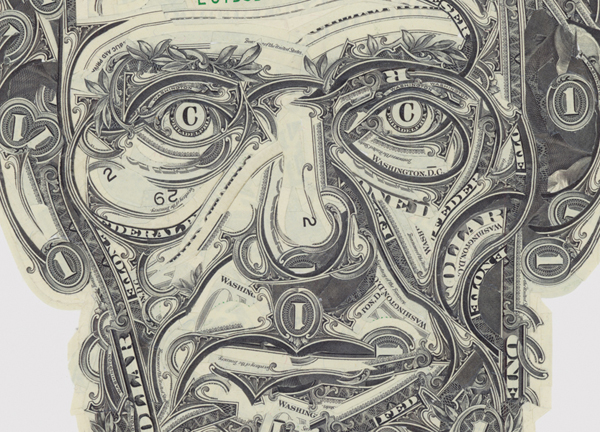Are we consciously aware of why we make the decisions we make?

You’re sitting in the doctors office wondering which will take longer – the wait or the actual appointment – when a new patient walks in and drops their planner right in front of you, scattering numerous papers across the floor. You then make a choice: should I help pick up those papers or not.
Something like this has happened to everyone, so why did we choose the action (or inaction) that we choose in that moment?
If asked we’d confidently respond that the person reminded us of so and so, or that the boredom of waiting made you want to do anything other than just sit there, morals compelled you, you were in the middle of texting and didn’t want to lose the thought, etc, etc, etc.
These are all reasonable answers and would quickly settle the matter – clearly I made a conscious decision for reasons I’m well aware of.
However, cognitive scientists are a clever bunch, and when they did a similar experiment they had a trick up their sleeve.
In this same situation – sitting in a waiting room – experimenters would have an assistant walk into the room and “accidentally” drop a cup of pencils. For each person the environment was identical; same room, same chair placement, same person dropping pencils in the same spot. Identical down to the number of pencils, lighting, and even clothing and hairdo.
There was one single difference – on one side of the room was a computer monitor with a screensaver image. This image was either a picture of fish in an aquarium, a black screen, or a picture of money.
Would the simple presence of these images affect our decision to pick up some dropped pencils?
After thousands of trials, the results of the black screen and the fish screen were statistically identical. They were a wash, they had zero impact on people. This is what we’d expect if subtle feng shui environment changes had no effect whatsoever on our decisions. So far so good…
Here’s where it gets weird.
When the money screensaver was displayed participants were significantly less likely to help pick up the pencils.
The money screensaver wasn’t just having an effect, it was THE reason, the only reason, some participants were deciding to help. In statistics “significantly” means that the variation of the data could not be explained by randomness or noise. A screensaver of money prevented people from helping who otherwise would have helped.
In the most literal of ways, this seemingly meaningless part of their environment made their decision for them; they did not have a choice in the matter.
When participants were asked WHY they did what they did, they gave the “reasons” you or I would cite: they had exams earlier, work, weather, who they’d “run into” earlier, what the secretary looked like, etc. Never, out of thousands of trials, did they EVER cite the screensaver as even a having any influence on their decision.
This effect – where a subtle cue in your environment controls your behaviors and feelings in a completely unconscious way – is called “priming”. It affects you, me, your co-workers, family, EVERYONE, every moment of every day.
A second, but slightly varied, experiment led to the same results.
Using the same screensavers participants were told that they would be getting acquainted with a colleague, and told to pull up two chairs for them to sit on. The average distance that participants chose to separate the chairs was: fish (32 in), blank (33 in), money (45 in).
Again, the fish and blank screensaver were statistically identical, but the money screen caused highly divergent results. Without our awareness the concept of money causes us to act in a more defensive fashion.
The conclusion is best summarized by Daniel Kahneman in his encyclopedic psychology book “Thinking, Fast and Slow” (2011):
“The idea you should focus on, however, is that disbelief is not an option. The results are not made up, nor are they statistical flukes. You have no choice but to accept that the major conclusions of these studies are true. More important, you must accept that they are true about you… You do not believe that these results apply to you because they don’t correspond to your conscious experience, but your conscious experience is largely a narrative manufactured after the fact by your System 2 “.
“Do these experiments demonstrate that we are completely at the mercy of whatever primes the environment provides at the moment? Of course not. The effects of primes are robust but not necessarily large. Among one hundred voters, only a few whose initial preferences were uncertain will vote differently if their precinct is located in a school rather than a church- but a few percent could tip an election [he’s referring to an experiment I didn’t cover here].”














